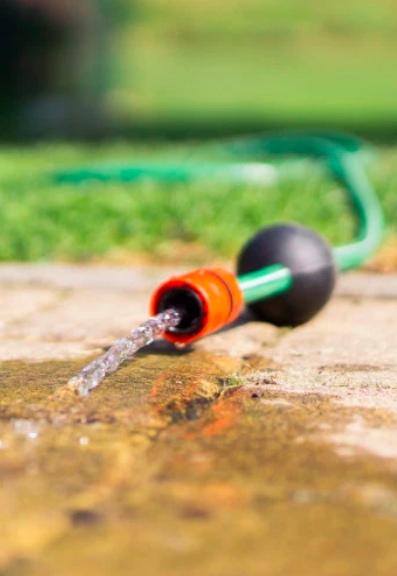Op-Ed: California Can Solve Its Water Shortage With the Water We Have. Here’s How.

Op-Ed: California Can Solve Its Water Shortage With the Water We Have. Here’s How.
Op-Ed
California is at a water crossroads.
We can continue our costly, 100-year-old pattern of trying to find new water supplies, or we can choose instead to focus on smarter ways of using – and reusing – what we already have.
With a population projected to top 50 million by mid-century, a booming economy and a changing climate, there is no question we need to shore up our water systems. But we don’t need an all-of-the-above strategy that sacrifices affordability and environmental health. Just like with energy, we must focus on the solutions that are better for our planet and pocketbooks.
The cheapest water is the water we save.
Californians have made real strides to conserve over the past several decades. San Francisco and Los Angeles use the same amount (or less) water today as they did 30 years ago, despite substantial growth.
And farmers have dramatically increased economic output over the last 30 years while using the same amount of water – effectively producing more food and income for every drop of water.
But far more can be done.
Research from the Pacific Institute found that appliance and fixture upgrades, leak repair and landscape changes could reduce urban water use by up to 5 million acre-feet annually – enough water to supply more than 13 million families for a year.
On farms, precision irrigation and other water-wise practices could reduce water use by 6 million to 7 million acre-feet annually while maintaining food production and farmer income. This untapped potential for water efficiency should always be our first step towards water security.
There are also new, innovative sources of local supply.
Less than 20% of urban wastewater is being reused. There are still more than a million acre-feet of treated water we could reclaim to meet local needs. Water reuse opportunities can be found across the state, but are especially important in coastal areas, where waste(d) water is discharged into and pollutes estuaries and the ocean.
Urban runoff is another viable local option. Our cities were designed to remove rainwater to reduce flood risk, literally flushing freshwater down storm drains. Rain gardens, green streets, and parks can help us catch and store more rain.
While gray infrastructure like pipes and pumps will continue to play an important role in our water system, green infrastructure can turn urban spaces into a sponge that allows water to sink into the ground to replenish underground aquifers for later use.
Water efficiency, reuse and rainwater capture not only save money compared with costly sources like seawater desalination, they also save energy and reduce greenhouse gas emissions, which will be key for avoiding unmanageable climate impacts.
Water conservation during California’s last drought saved enough electricity to power the cities of Berkeley, Burbank and Santa Cruz for a year. Less energy use means less power plant pollution, helping California achieve our clean air and climate goals.
There are other benefits to consider as well. Reuse reduces the need to divert water from streams already stressed by rising temperatures and shrinking snowpack and can curb ocean pollution associated with sewage outfalls. Plants used to soak up runoff also filter out oil, fertilizer and other chemicals before they reach our water supply. And, of course, green spaces help to cool and beautify communities while providing a place for people to enjoy the outdoors.
California has a chance to model what a truly resilient water system looks like, combining nature and technology to make the most of every drop and dollar. Just as we are doing in the energy sector, we should be focusing on no-regrets water projects that make economic and environmental sense.
As state leaders work to meet Gov. Gavin Newsom’s call for 21st Century California water plan, I urge them to focus on sources that are both cost-effective and climate smart.
This op-ed originally appeared in CalMatters.

